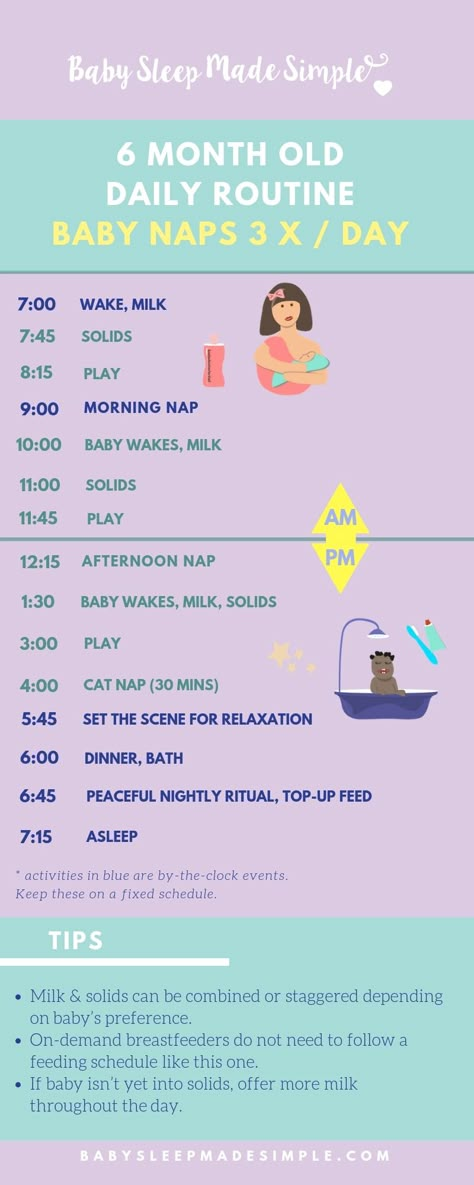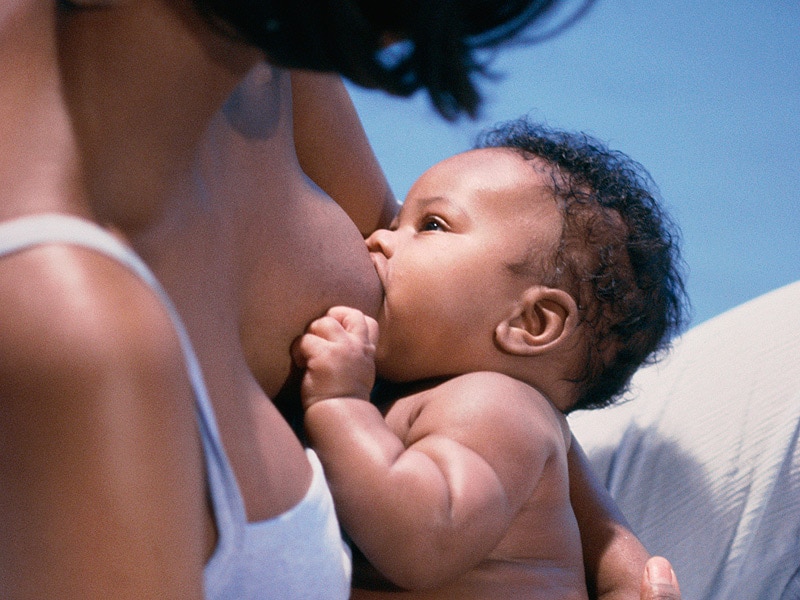One year baby not eating food
What to Do and When to Worry
You’ve tried it all: the bargaining, the pleading, the dinosaur-shaped chicken nuggets. And still your toddler won’t eat. Sound familiar? You’re not alone. Toddlers are notorious for their, ahem, selectiveness when it comes to food.
Still, after a lengthy hunger strike from your little one, you may wonder: Are you dealing with a run-of-the-mill picky “threenager” — or is this a sign of a more serious problem? And, either way, how can you best approach the issue of a kid who won’t eat?
While picky eating (or even a temporary hiatus from eating altogether) is usually not a cause for concern, there are times when it’s best to get professional help. We’ve got the scoop on when to call the doctor, when to hold your ground, and how to up the chances of your kid joining the ranks of the Clean Plate Club.
Just like the ups and downs of potty training and the occasional nap time meltdown, picky eating comes with the territory of toddler parenting.
If your toddler turns up their nose at absolutely everything you put in front of them, it’s probably not a reflection of your parenting skills or a medical problem. It’s far more likely that your child is going through a normal developmental phase.
“Selective (or ‘picky’) eating often shows up between 12 and 18 months,” says Yaffi Lvova, RDN, who focuses on prenatal, infant, and toddler nutrition. “The official term for this is ‘food neophobia’: the fear of new foods. This phase coincides with the ability to walk. The prevailing theory is that neophobia is a protective measure to benefit a child who ‘wandered out of the cave,’ so to speak.”
Plus, after extremely rapid growth in the first year of life, children begin to gain weight more slowly. This may naturally decrease their hunger, making them more likely to eat smaller portions.
Your toddler’s growing interest in the world around them can also contribute to their dwindling appetite. With so much to see and do now that they can walk, they simply may not have the patience to sit down to a traditional meal.
The good news is, kids this age are often quite good at taking notice when hunger really gets their attention. Pediatricians have long advised toddler parents to “look at the week, not the day” when it comes to food. You may notice, for example, that your kid subsists on goldfish crackers all week, then suddenly wolfs down a chicken dinner on Saturday night.
Considering broader patterns can help you see adequate intake over time, rather than in the moment. (Though that moment can sure be aggravating when it involves wasted milk and couscous ground into your carpet.)
While picky eating is a normal phase for most toddlers, there’s definitely a time and place to call the doctor. Your pediatrician can rule out or diagnose possible underlying causes for your little one not eating, such as gastrointestinal disorders, swallowing problems, constipation, food sensitivities, or autism.
According to Lvova, it’s a good idea to seek help from your doctor or a pediatric dietitian when your child:
- accepts fewer than 20 foods
- is losing weight
- dislikes or refuses entire food groups (grains, dairy, proteins, etc.
 )
) - goes for several days without eating at all
- is committed to certain food brands or types of packaging
- requires a different meal from the rest of the family
- is anxious in social situations because of food
- has a dramatic emotional response to disliked foods, such as screaming, running away, or throwing objects
Assuming there’s not a health problem causing your toddler’s picky eating, it’s time to get creative! Here are some tactics that may help make mealtime with your little one more successful.
Encourage independence
Constant cries of “I do it!” can be frustrating, but your child’s desire for independence is actually a useful tool when it comes to food. Giving them appropriate levels of self-determination creates the sense of influence toddlers crave, which may lead to better eating.
Bring your child into the kitchen with you as you prepare meals and snacks, encouraging them to smell, touch, and observe different foods.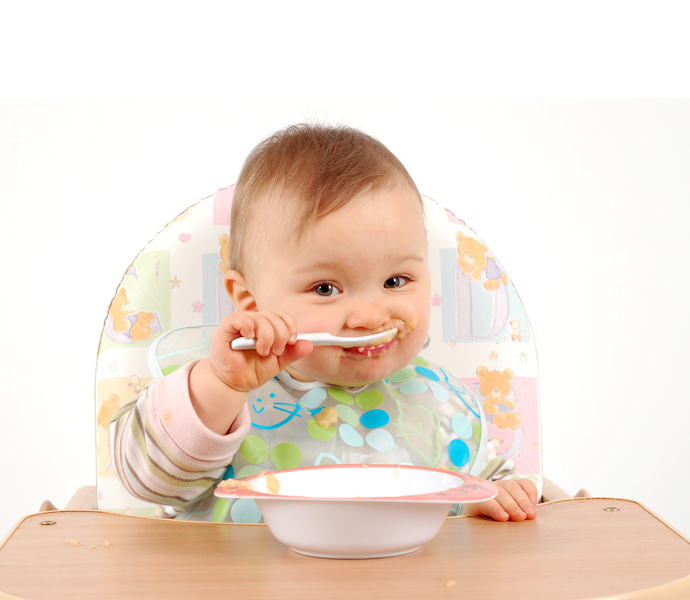 You can even let them help you cook! Actions that use motor skills, such as stirring, pouring, or shaking are all fair game for toddlers (when supervised).
You can even let them help you cook! Actions that use motor skills, such as stirring, pouring, or shaking are all fair game for toddlers (when supervised).
At mealtimes, stoke the independence fire by offering choice:
- “Do you want strawberries or banana?”
- “Would you like to use a fork or a spoon?”
- “Should we use the blue plate or the green plate?”
It’s wise to go with just one pair of options per meal so as to not overwhelm your child, and this works best if these choices are already part of the planned meal. Even these small personal selections can pave the way for better mood and more interest in eating.
Think outside the box
Part of what makes toddlerhood fun is its unpredictability. Underwear worn on the head? Sure. A random sock as a favorite plaything? Why not? Follow your toddler’s unorthodox lead at mealtimes by experimenting with different preparations of foods. If your child isn’t a fan of steamed veggies, try them roasted. If poached chicken goes untouched, try it grilled.
If poached chicken goes untouched, try it grilled.
The same principle goes for switching up foods associated with certain meals. When eggs don’t go over well in the morning, serve them at dinner instead. And there’s no reason why fish or poultry can’t grace the breakfast table.
Make it a family affair
At any age, there’s a lot to be said for the social element of eating. Help your toddler feel relaxed and included at mealtimes by creating a pleasant, undistracted environment whenever possible. And don’t make separate meals for your little eater, as this can give the impression that there’s a difference between “kid food” and “grown-up food.”
Keep offering
You can’t force your kid to eat — and when you have an extremely picky eater, you may need to re-evaluate your definition of success at mealtimes.
But don’t give up! Continue putting a bite of food on the plate, and don’t draw too much attention to whether your toddler eats it or not. With time and repeated exposure, you’ll begin to see progress.
Seasoned parents and child care pros know that making toddler-friendly meals and snacks is all about fun. Experimenting with color, texture, and shape in novel ways can convince even a stubborn 2-year-old that they really do want to eat.
Though you may not have time to bake homemade kale chips or turn apple slices into shark jaws every day, there are some smaller tweaks you can try at meal and snack time:
- Use cookie cutters to cut fruits and veggies into shapes.
- Buy a pack of edible googly eyes to add to foods.
- Arrange food on your child’s plate to look like a face or other recognizable image.
- Give foods a silly or imaginative name, like “orange wheels” (sliced oranges) or “little trees” (broccoli or cauliflower).
- Let your child play with their food — at least for a short while — to foster a positive attitude toward it.
Take note, though, that there’s one popular strategy some experts don’t recommend: hiding healthy foods in a kid-friendly package, á la hidden-spinach smoothies or stealth-veggie lasagna.
“The problem with this method is twofold,” says Lvova. “First, the child is unaware that they are eating, and enjoying, a food. Second, there is an issue of trust. By hiding undesired foods inside loved foods, an element of distrust is introduced.”
Even adults can be wary of trying new things. So if your toddler gives tofu or tuna the side-eye, try to remember that change is hard. Still, introducing new foods is an important part of helping your child eat a healthy diet and develop a broad palate.
To boost the chances of your toddler trying (and liking) something new, don’t do too much at once. Stick to one new food per day, and don’t pile it on your child’s plate.
The American Academy of Family Physicians advises offering your child 1 tablespoon of food for each year of age. This portion (for example, 2 tbsp of a given food for a 2-year-old) is often smaller than a parent thinks it should be.
When introducing foods, it often helps to put them in the context of something familiar.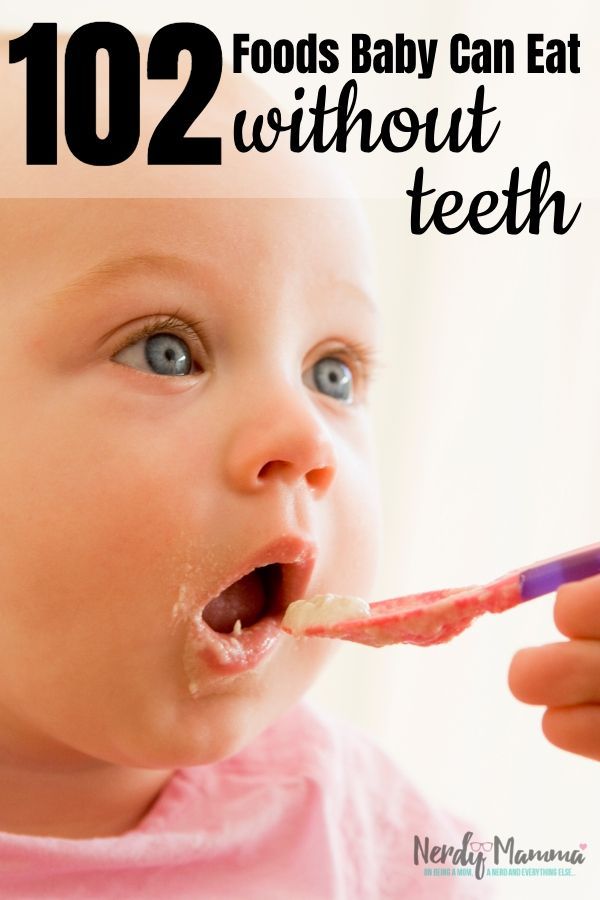 This might look like offering a dipping sauce like ketchup with cauliflower, serving red peppers alongside a familiar favorite like corn, or topping pizza with arugula. Again, mixing — not hiding — is the better bet to get your child to see that new foods are nothing to be afraid of.
This might look like offering a dipping sauce like ketchup with cauliflower, serving red peppers alongside a familiar favorite like corn, or topping pizza with arugula. Again, mixing — not hiding — is the better bet to get your child to see that new foods are nothing to be afraid of.
Does your kiddo enjoy restaurant dining? This may also be an ideal time to let them try something less familiar. For less risk of wasted food (and money), order the more exotic dish for yourself and invite your toddler to try it.
Whatever your method, be sure to give your child plenty of praise along the way. A 2020 study suggested that of the various types of “prompts” moms used to get their kids to eat — such as pressuring or coercing them — praise was the one strategy that consistently worked.
If your toddler seems to have taken a pass on mealtime, it’s entirely possible that this is a normal (though exasperating) phase of their development. With time, their tastes and habits will likely expand as you continue to offer a variety of foods.
However, when a refusal to eat goes on for days or your kiddo shows any of the warning signs listed above, don’t be afraid to tap the expertise of a healthcare professional.
A 2015 study found that many preschool-age picky eaters who require medical attention don’t get the help they need. So don’t stress about “bothering” your pediatrician. Making a call or an appointment can give you much-needed peace of mind. Toddler parenting is a tough gig, and sometimes you need an expert to help you sort things out.
What to Do and When to Worry
You’ve tried it all: the bargaining, the pleading, the dinosaur-shaped chicken nuggets. And still your toddler won’t eat. Sound familiar? You’re not alone. Toddlers are notorious for their, ahem, selectiveness when it comes to food.
Still, after a lengthy hunger strike from your little one, you may wonder: Are you dealing with a run-of-the-mill picky “threenager” — or is this a sign of a more serious problem? And, either way, how can you best approach the issue of a kid who won’t eat?
While picky eating (or even a temporary hiatus from eating altogether) is usually not a cause for concern, there are times when it’s best to get professional help.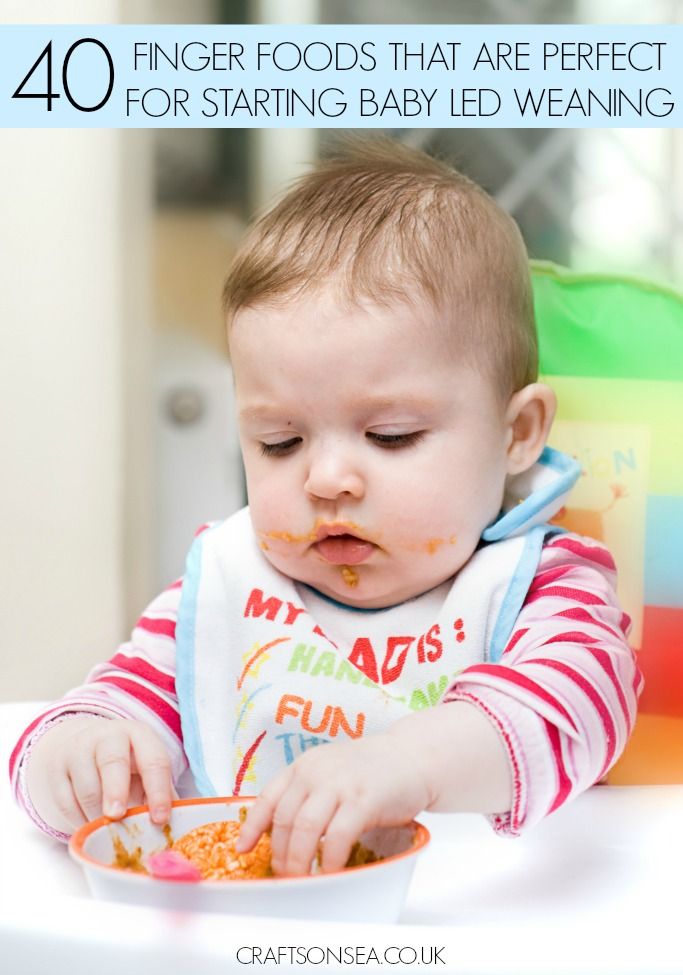 We’ve got the scoop on when to call the doctor, when to hold your ground, and how to up the chances of your kid joining the ranks of the Clean Plate Club.
We’ve got the scoop on when to call the doctor, when to hold your ground, and how to up the chances of your kid joining the ranks of the Clean Plate Club.
Just like the ups and downs of potty training and the occasional nap time meltdown, picky eating comes with the territory of toddler parenting.
If your toddler turns up their nose at absolutely everything you put in front of them, it’s probably not a reflection of your parenting skills or a medical problem. It’s far more likely that your child is going through a normal developmental phase.
“Selective (or ‘picky’) eating often shows up between 12 and 18 months,” says Yaffi Lvova, RDN, who focuses on prenatal, infant, and toddler nutrition. “The official term for this is ‘food neophobia’: the fear of new foods. This phase coincides with the ability to walk. The prevailing theory is that neophobia is a protective measure to benefit a child who ‘wandered out of the cave,’ so to speak.”
Plus, after extremely rapid growth in the first year of life, children begin to gain weight more slowly.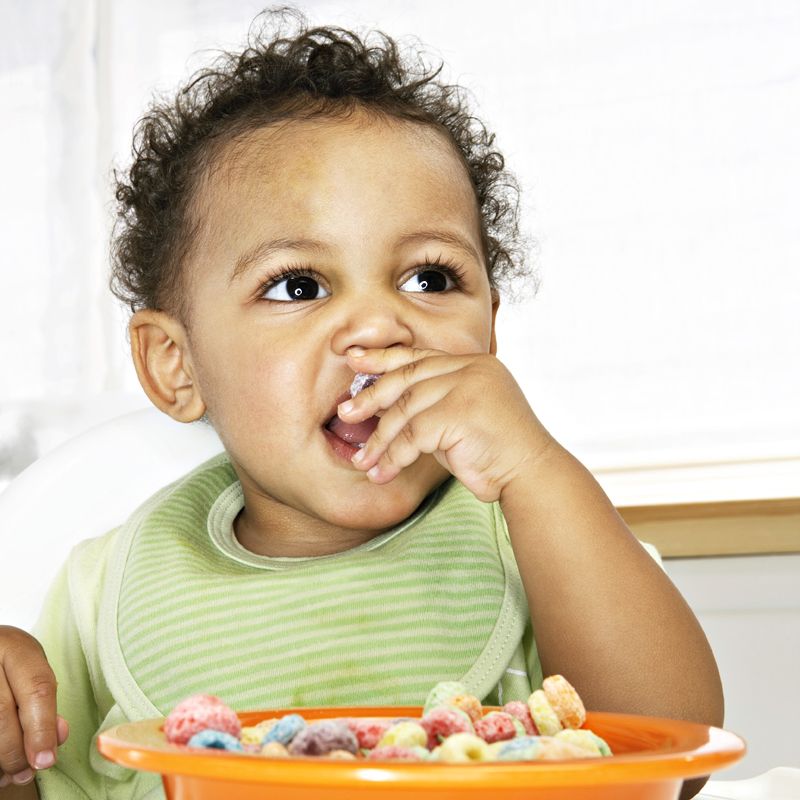 This may naturally decrease their hunger, making them more likely to eat smaller portions.
This may naturally decrease their hunger, making them more likely to eat smaller portions.
Your toddler’s growing interest in the world around them can also contribute to their dwindling appetite. With so much to see and do now that they can walk, they simply may not have the patience to sit down to a traditional meal.
The good news is, kids this age are often quite good at taking notice when hunger really gets their attention. Pediatricians have long advised toddler parents to “look at the week, not the day” when it comes to food. You may notice, for example, that your kid subsists on goldfish crackers all week, then suddenly wolfs down a chicken dinner on Saturday night.
Considering broader patterns can help you see adequate intake over time, rather than in the moment. (Though that moment can sure be aggravating when it involves wasted milk and couscous ground into your carpet.)
While picky eating is a normal phase for most toddlers, there’s definitely a time and place to call the doctor. Your pediatrician can rule out or diagnose possible underlying causes for your little one not eating, such as gastrointestinal disorders, swallowing problems, constipation, food sensitivities, or autism.
Your pediatrician can rule out or diagnose possible underlying causes for your little one not eating, such as gastrointestinal disorders, swallowing problems, constipation, food sensitivities, or autism.
According to Lvova, it’s a good idea to seek help from your doctor or a pediatric dietitian when your child:
- accepts fewer than 20 foods
- is losing weight
- dislikes or refuses entire food groups (grains, dairy, proteins, etc.)
- goes for several days without eating at all
- is committed to certain food brands or types of packaging
- requires a different meal from the rest of the family
- is anxious in social situations because of food
- has a dramatic emotional response to disliked foods, such as screaming, running away, or throwing objects
Assuming there’s not a health problem causing your toddler’s picky eating, it’s time to get creative! Here are some tactics that may help make mealtime with your little one more successful.
Encourage independence
Constant cries of “I do it!” can be frustrating, but your child’s desire for independence is actually a useful tool when it comes to food. Giving them appropriate levels of self-determination creates the sense of influence toddlers crave, which may lead to better eating.
Bring your child into the kitchen with you as you prepare meals and snacks, encouraging them to smell, touch, and observe different foods. You can even let them help you cook! Actions that use motor skills, such as stirring, pouring, or shaking are all fair game for toddlers (when supervised).
At mealtimes, stoke the independence fire by offering choice:
- “Do you want strawberries or banana?”
- “Would you like to use a fork or a spoon?”
- “Should we use the blue plate or the green plate?”
It’s wise to go with just one pair of options per meal so as to not overwhelm your child, and this works best if these choices are already part of the planned meal. Even these small personal selections can pave the way for better mood and more interest in eating.
Even these small personal selections can pave the way for better mood and more interest in eating.
Think outside the box
Part of what makes toddlerhood fun is its unpredictability. Underwear worn on the head? Sure. A random sock as a favorite plaything? Why not? Follow your toddler’s unorthodox lead at mealtimes by experimenting with different preparations of foods. If your child isn’t a fan of steamed veggies, try them roasted. If poached chicken goes untouched, try it grilled.
The same principle goes for switching up foods associated with certain meals. When eggs don’t go over well in the morning, serve them at dinner instead. And there’s no reason why fish or poultry can’t grace the breakfast table.
Make it a family affair
At any age, there’s a lot to be said for the social element of eating. Help your toddler feel relaxed and included at mealtimes by creating a pleasant, undistracted environment whenever possible. And don’t make separate meals for your little eater, as this can give the impression that there’s a difference between “kid food” and “grown-up food. ”
”
Keep offering
You can’t force your kid to eat — and when you have an extremely picky eater, you may need to re-evaluate your definition of success at mealtimes.
But don’t give up! Continue putting a bite of food on the plate, and don’t draw too much attention to whether your toddler eats it or not. With time and repeated exposure, you’ll begin to see progress.
Seasoned parents and child care pros know that making toddler-friendly meals and snacks is all about fun. Experimenting with color, texture, and shape in novel ways can convince even a stubborn 2-year-old that they really do want to eat.
Though you may not have time to bake homemade kale chips or turn apple slices into shark jaws every day, there are some smaller tweaks you can try at meal and snack time:
- Use cookie cutters to cut fruits and veggies into shapes.
- Buy a pack of edible googly eyes to add to foods.
- Arrange food on your child’s plate to look like a face or other recognizable image.

- Give foods a silly or imaginative name, like “orange wheels” (sliced oranges) or “little trees” (broccoli or cauliflower).
- Let your child play with their food — at least for a short while — to foster a positive attitude toward it.
Take note, though, that there’s one popular strategy some experts don’t recommend: hiding healthy foods in a kid-friendly package, á la hidden-spinach smoothies or stealth-veggie lasagna.
“The problem with this method is twofold,” says Lvova. “First, the child is unaware that they are eating, and enjoying, a food. Second, there is an issue of trust. By hiding undesired foods inside loved foods, an element of distrust is introduced.”
Even adults can be wary of trying new things. So if your toddler gives tofu or tuna the side-eye, try to remember that change is hard. Still, introducing new foods is an important part of helping your child eat a healthy diet and develop a broad palate.
To boost the chances of your toddler trying (and liking) something new, don’t do too much at once.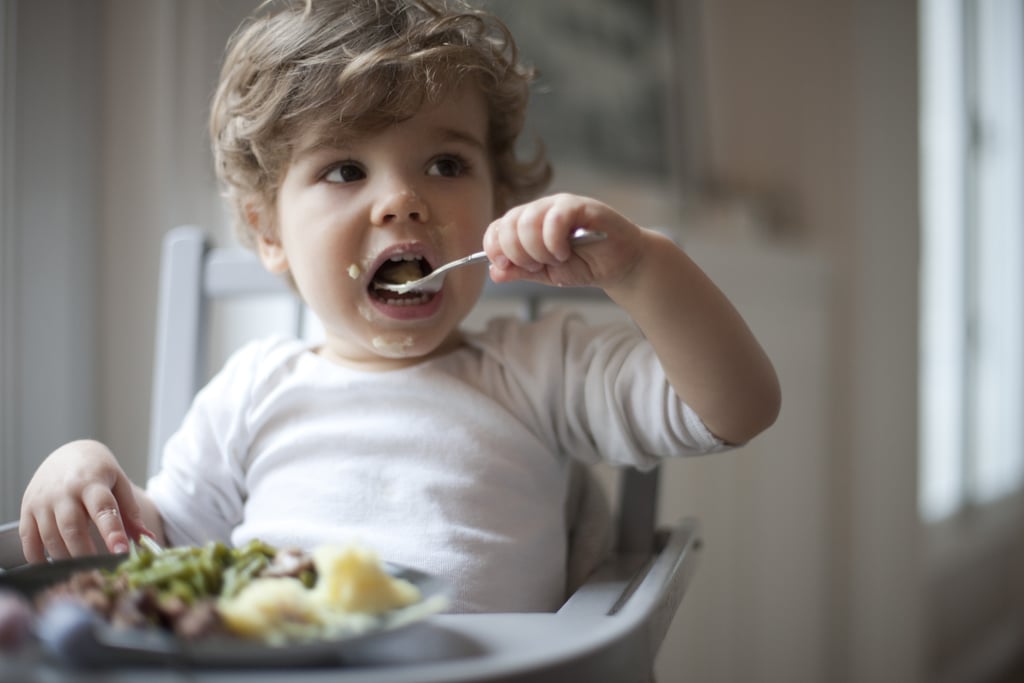 Stick to one new food per day, and don’t pile it on your child’s plate.
Stick to one new food per day, and don’t pile it on your child’s plate.
The American Academy of Family Physicians advises offering your child 1 tablespoon of food for each year of age. This portion (for example, 2 tbsp of a given food for a 2-year-old) is often smaller than a parent thinks it should be.
When introducing foods, it often helps to put them in the context of something familiar. This might look like offering a dipping sauce like ketchup with cauliflower, serving red peppers alongside a familiar favorite like corn, or topping pizza with arugula. Again, mixing — not hiding — is the better bet to get your child to see that new foods are nothing to be afraid of.
Does your kiddo enjoy restaurant dining? This may also be an ideal time to let them try something less familiar. For less risk of wasted food (and money), order the more exotic dish for yourself and invite your toddler to try it.
Whatever your method, be sure to give your child plenty of praise along the way. A 2020 study suggested that of the various types of “prompts” moms used to get their kids to eat — such as pressuring or coercing them — praise was the one strategy that consistently worked.
A 2020 study suggested that of the various types of “prompts” moms used to get their kids to eat — such as pressuring or coercing them — praise was the one strategy that consistently worked.
If your toddler seems to have taken a pass on mealtime, it’s entirely possible that this is a normal (though exasperating) phase of their development. With time, their tastes and habits will likely expand as you continue to offer a variety of foods.
However, when a refusal to eat goes on for days or your kiddo shows any of the warning signs listed above, don’t be afraid to tap the expertise of a healthcare professional.
A 2015 study found that many preschool-age picky eaters who require medical attention don’t get the help they need. So don’t stress about “bothering” your pediatrician. Making a call or an appointment can give you much-needed peace of mind. Toddler parenting is a tough gig, and sometimes you need an expert to help you sort things out.
If the child does not eat well: what to do and what not to do
What to do if the child does not want to eat.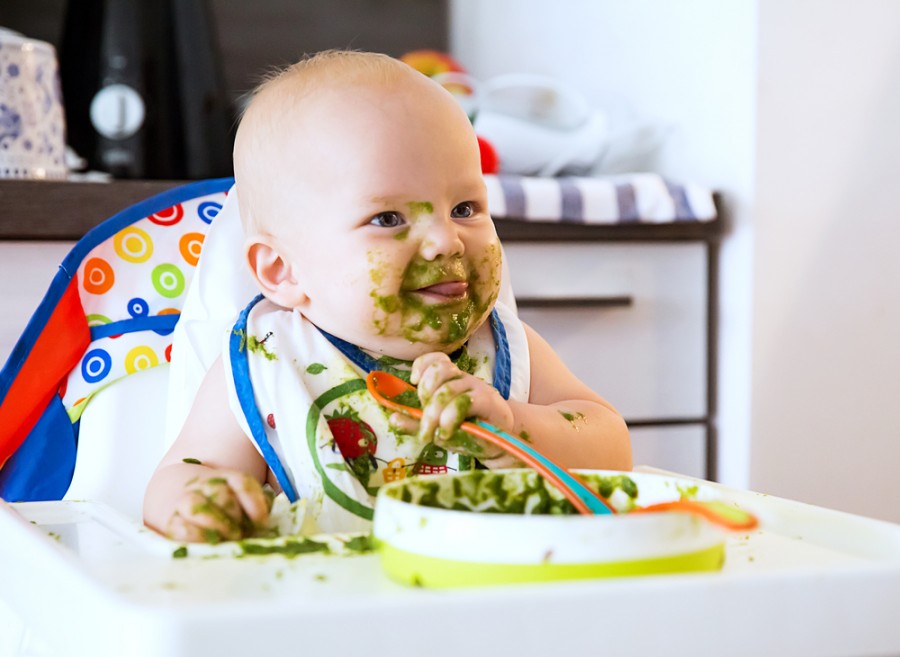
- Malyusik, well, one more spoon - and that's it! Last! I ate only two, let's have a little more, here's the most delicious piece for you! - says the average mother, offering a spoon with one hand, playing the accordion with the other, showing the trick with the disappearance of the handkerchief with the third, turning the cutlets over with the fourth, while doing somersaults on one leg.
Sound familiar?
Every dad has an instinct to bring home food, and mom has to feed the baby food. And if he refuses to eat, a signal is triggered - "I'm a bad mother" or "the child is sick."
In this case, the most important thing for a parent to understand is whether the child DOES NOT WANT or CANNOT eat?
If the baby is running around, having fun and looking good, without showing any signs of illness, then most likely he does not want to eat. There can be many reasons:
- A breastfeeding child prefers milk and dairy products, intuitively understanding that he needs calcium, and now milk is healthier for him than soup.

- The child wants a cookie, not vegetables.
- He really wasn't hungry. For example, his metabolism is slow, breakfast has not yet been digested, and lunch is already being offered. Or the child was sitting in front of the TV after breakfast and his appetite had not yet had enough time to play out. Compared to the boy next door who was outside all day.
- If a child is not genetically destined to become Uncle Styopa, then he can eat much less than his peer, who has tall parents.
- Psychological problems. If earlier you accidentally gave your child a bitter cucumber, then he may refuse any green food. Or you yell at the child during the meal, and for him the food is perceived as a trauma.
If your child is lively, but at the same time he has a "bad appetite", then this is not his problem, but yours - the psychological problem of an unsatisfied instinct. If a child jumps, jumps, he has healthy nails, hair, etc., think less about what he lacks. Better think about something nice))
Better think about something nice))
An active child = not a hungry child.
Wait for the natural desire and correctly distribute energy costs - walk more often, send the child to the sports section, or simply say: “If you don’t want to, take a walk, dinner is not earlier than seven and no snacks.” That is, if your child simply does not want to eat, normalize feeding - strictly at a certain time and without snacks. The body will get used to secrete gastric juice strictly according to the schedule.
And one more thing. There are no rules about how much a child should eat. He can eat a kilo (and make you very happy) and 9Send 00 grams to the toilet. Or eat 100 g and learn everything.
But it is much more difficult if the child CANNOT eat.
Causes:
- If you are breastfeeding, you may have “tight breasts”, when it is very difficult for the baby to suck milk.
- The child has a runny nose, and when he eats, he begins to choke.
- Food hot, cold, sour, bitter.

- He has sores in his mouth (for example, from toys), and they hurt when food gets on them.
- Teeth are cut, gums hurt.
- Bowel problems. The stomach starts to hurt while eating.
- The child simply fell ill (cold, SARS, poisoning, influenza, etc.). If the child is sick, and he is not dystrophic, then you should not force him to eat. The body fights infections better when it's hungry. But be sure to drink.
If a child at first shows appetite and interest in food, but refuses to eat through a spoon or two, then, most likely, the process of eating causes him certain difficulties.
If the baby CANNOT eat and you can't identify or eliminate the cause, the best thing to do is contact your pediatrician. The doctor will accurately determine the problem and give the necessary recommendations.
Our clinic has a wonderful pediatrician Yuliya Vladimirovna Sinyagina with 17 years of experience! You can sign up to her))
Bon appetit everyone! As well as strength, patience and satisfied instincts!
Back to article list
SOS! The child does not eat anything! What to do?!
“Give me another spoon and that's it! And now a spoonful for dad, now for mom, and now for grandma…”
Many parents are familiar with this story of persuading their child to eat.
I am often asked what to do if the child does not eat, and, to be honest, this is one of the most simple and difficult questions at the same time.
No, everything is just simple with a child - usually you just need him to get hungry. But the real problem with parents is that it’s hard for them to survive if they don’t feed the child. Here, for example, is what the mother of a one-year-old daughter says: “At first we did not force-feed her!!! Do you think I don't feel sorry for my child when he cries? Until six months she ate when she wanted, then refused to eat. I endured the day (KEY PHRASE - I SUFFERED THE DAY!), then I force-fed, because I can not look at my child without tears!!! Skin and bones, all the ribs, the spine are visible! Listening to this mother, I could hardly resist asking her: “What should she look like at 6 months old? Swimming in fat? Children are different - chubby and thin. Mine, for example, were born thin, the son grew up like that, and when the youngest daughter gained 1700 g in the first month only on breastfeeding, I was seriously scared, because there was nothing like this with the eldest - I added the “required” 700 g per month and all.
Isn't he hungry?!
The simplest and most obvious reason why a child does not eat is simply that he is not hungry!!! We try so hard to feed our kids that they don't even know what hunger is. Once I witnessed how my friend forcibly fed her 8-month-old son with cottage cheese - Ivan sobbed, but swallowed, to all my questions why she was doing this, Natalya answered: “I feel so calmer.” Just think! Calm down from what? From the fact that he will have a full stomach, but at the same time he is crying and she is committing violence against him?!
What to do?
Let your child get hungry!
To do this, you need:
1) remove all snacks from the reach of a child of any age: cookies, fruits, juices, compotes, sweet teas, sweets, sandwiches, etc. - everything that contains calories and can interrupt appetite;
2) offer the child to eat and be prepared that he will refuse;
3) stay calm and friendly
4) wait until the child feels hungry and asks for food or agrees to your offer!
In this situation, the most difficult thing is to control yourself so as not to panic and start feeding the baby when you think he is hungry, and not when he really wants to eat. Children who have never experienced hunger cannot even identify
Children who have never experienced hunger cannot even identify
If a child does not eat anything for 1 or 2 days, he will not die!!! Everything will be fine with him! As soon as he realizes that he is hungry, he will come to you and ask you to eat.
He hurts!
When my son Nazar was about 2 years old, we rested in the Crimea. On the way to the sea, probably on the train, he caught stomatitis - these are small, but very painful sores in the mouth. It was very painful to swallow and chew food, and therefore Nazar did not eat anything for 6 days, he only drank water. The infection went away on the fourth day after special treatment and treatment, but for two more days my son was simply afraid to eat. Knowing that he likes dumplings and french fries most of all, my husband and I took him to our favorite cafe and took both dishes, as well as ice cream, cake - whatever he could like. At first, the son refused to eat - we didn’t persuade him, we just said that we were hungry and decided to eat, but he didn’t have to if he didn’t want to. They ate dumplings and watched their son: at first he just sat, then burst into tears, and only then, after probably 40 minutes, he carefully ate the dumpling. Then another and another... We were happy - now the main thing was not to overfeed, because Nazar's appetite woke up and he was convinced that the pain was gone!
At first, the son refused to eat - we didn’t persuade him, we just said that we were hungry and decided to eat, but he didn’t have to if he didn’t want to. They ate dumplings and watched their son: at first he just sat, then burst into tears, and only then, after probably 40 minutes, he carefully ate the dumpling. Then another and another... We were happy - now the main thing was not to overfeed, because Nazar's appetite woke up and he was convinced that the pain was gone!
When a child is sick, the body does not perceive food - all its strength is spent on fighting the source of the disease, and the brain simply does not send signals about hunger. That is why the child does not want to eat. But as soon as the baby begins to recover, the brain immediately sends a signal: it's time to eat!
Is food evil?!
For various reasons, we, adults, sometimes don’t want to eat either: trouble at work, it’s hot, we’re busy doing something interesting, we’re just not hungry yet… But for some reason we are sure that children simply must always eat with appetite! And therefore, we are ready to persuade the child to eat for hours, and if persuasion does not help, we begin to entertain - cartoons, talking dolls, dancing relatives . .. Threats do not help either - you won’t go for a walk, you won’t buy a toy, you won’t watch your favorite cartoon, you won’t get up from the table until you eat it ... Somehow, in my childhood, I spent the whole day over a plate of borscht and by the evening I was already hungry, but I never asked to eat, because somewhere inside I understood that if I eat, I will lose and I will always have to eat .
.. Threats do not help either - you won’t go for a walk, you won’t buy a toy, you won’t watch your favorite cartoon, you won’t get up from the table until you eat it ... Somehow, in my childhood, I spent the whole day over a plate of borscht and by the evening I was already hungry, but I never asked to eat, because somewhere inside I understood that if I eat, I will lose and I will always have to eat .
We ourselves teach children that food is boring, that it is violence, that it is evil…
What to do? Simply understand that a child, like us, can have many reasons why he does not want to eat at the moment, and be ready to feed when he has an appetite. It's so easy - take a bottle of milk, yogurt, puree, fruit or even a thermos of your favorite soup with you for a walk and feed your child quickly and easily when he gets hungry, right on the street! Fortunately, civilization provides us with all the opportunities for this: wet wipes, dishes, thermoses .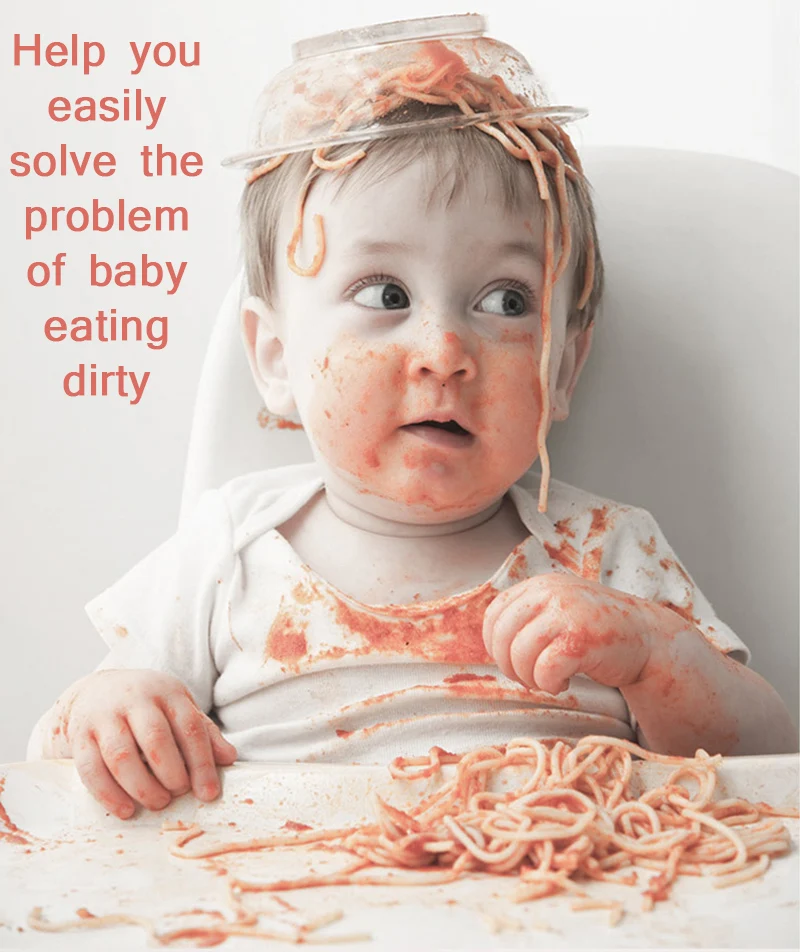 ..
..
How can I send him to kindergarten if he does not eat anything?
Before going to kindergarten, my son Nazar had never experienced being forced to eat. Even at 2 months, being bottle-fed, he ate only 4 times a day, not 8, and gave back any attempt to feed the fountain. Fortunately, I realized that this is his way of signaling satiety. When he went to kindergarten, one of my main requests to the teachers was not to force him to eat under any circumstances. For the first few weeks, they lamented and said that he did not eat anything except bread and compote, then, with surprise and delight, they began to say that Nazar eats soups and cereals best of all. No wonder, after all, soups and cereals are my son’s favorite dishes, and when he got used to the new environment, people, children and the daily routine, he began to eat with pleasure what he liked to eat at home!
Don't panic! Peace, only peace!
This is the main motto of the mother and close relatives when the child suddenly stops eating! One of my friend's 2-month-old daughter suddenly stopped breastfeeding! For 1.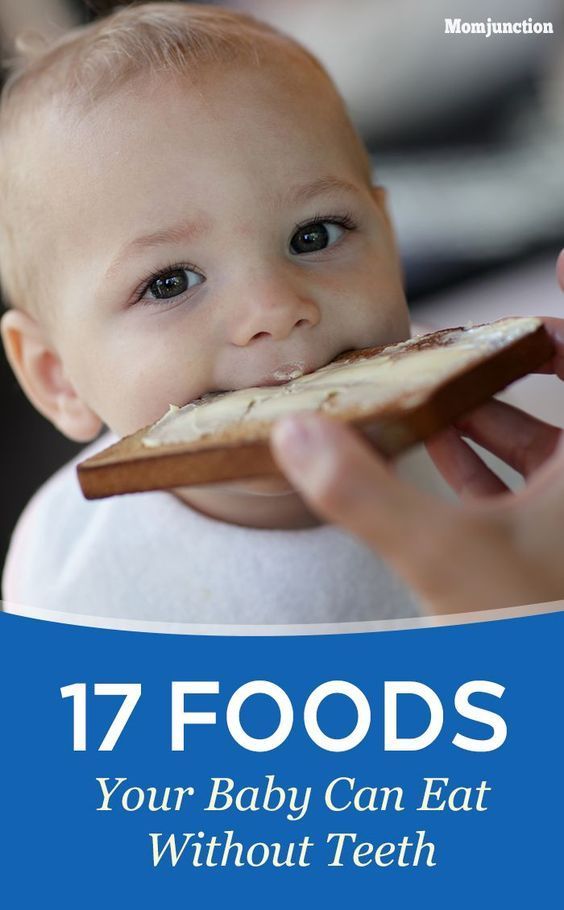 5 days, Katya called up several times with breastfeeding specialists and, trying to remain calm, followed their instructions. Only on the second day, her daughter agreed to drink a little bit of milk from a teaspoon, then more, but in order not to wean her from breastfeeding in this way, Katya put the baby to her breast again and again, and if something didn’t work out, she called the specialists in breastfeeding again. breastfeeding. The young mother was able not to panic, to find the strength not to listen to the “useful” advice of relatives and friends, and to find support in the face of specialists. Now her baby is almost a year old and this wonderful creature drinks her mother's milk with pleasure and does not know what a lack of appetite is.
5 days, Katya called up several times with breastfeeding specialists and, trying to remain calm, followed their instructions. Only on the second day, her daughter agreed to drink a little bit of milk from a teaspoon, then more, but in order not to wean her from breastfeeding in this way, Katya put the baby to her breast again and again, and if something didn’t work out, she called the specialists in breastfeeding again. breastfeeding. The young mother was able not to panic, to find the strength not to listen to the “useful” advice of relatives and friends, and to find support in the face of specialists. Now her baby is almost a year old and this wonderful creature drinks her mother's milk with pleasure and does not know what a lack of appetite is.
Tasty? Is not a fact!
Another reason why a child does not want to eat is simply that he does not like the taste of the food or its appearance. We sometimes find it hard to come to terms with the fact that our children turn up their noses at food.






